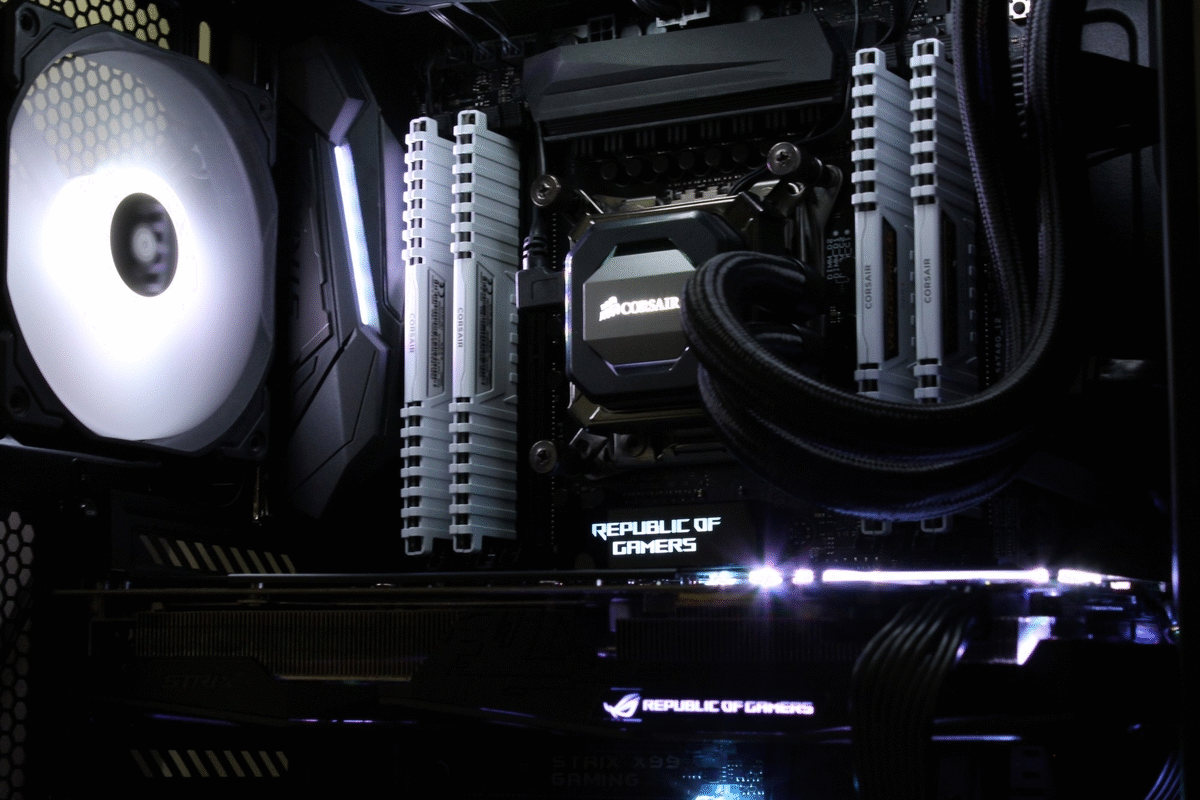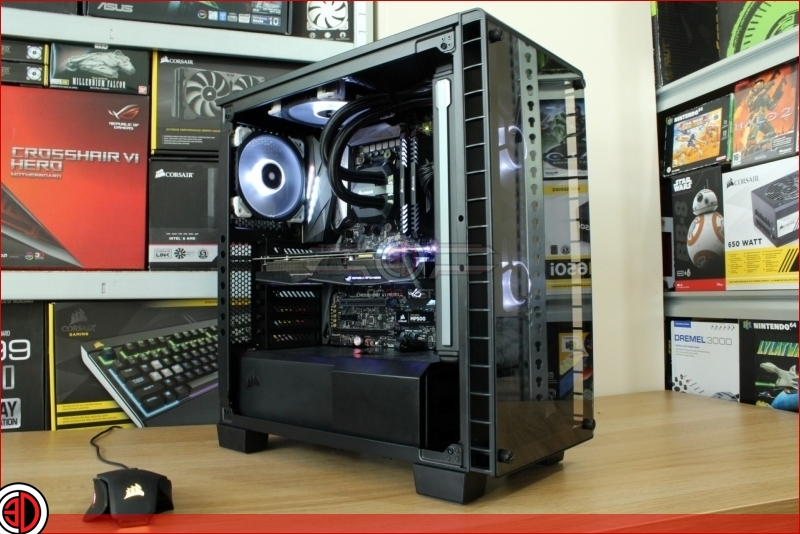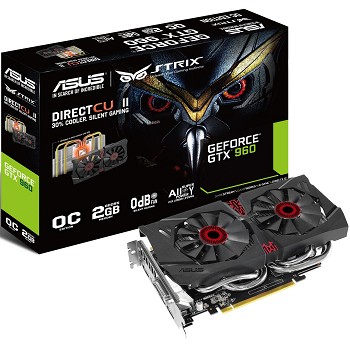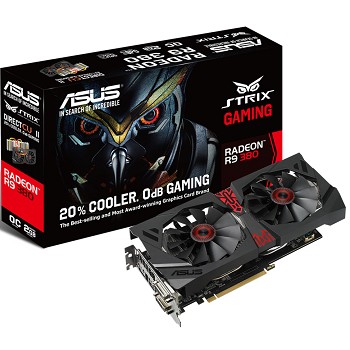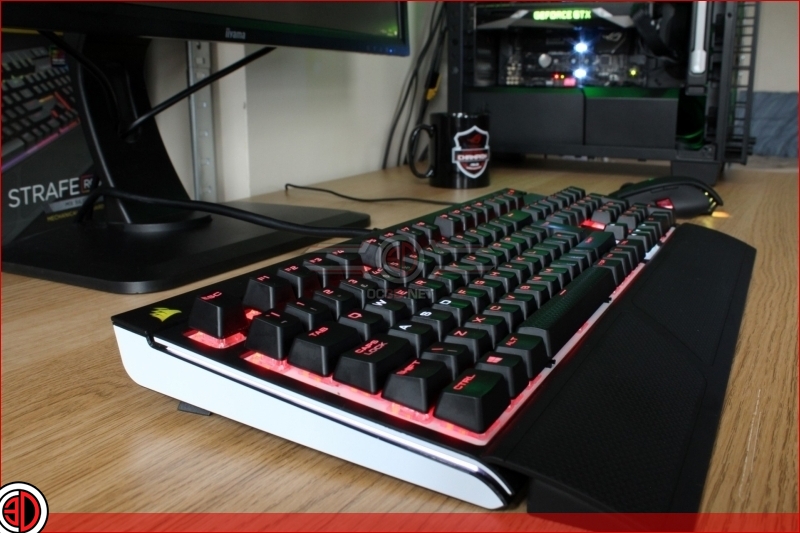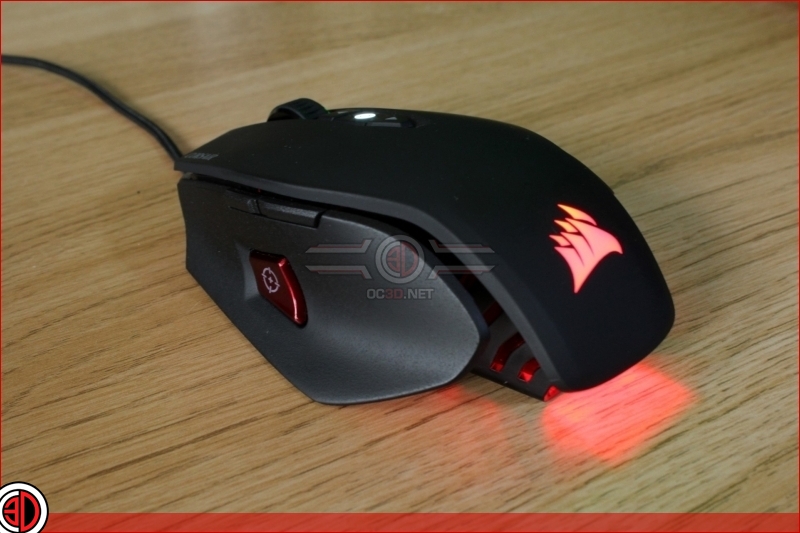Monster Hunter: World PC Performance Review
PC system requirements
Monster Hunter: World has always marketed itself as a demanding PC release, asking users for a strong quad-core processor and an RX 570 for 1080p 30FPS gameplay when using the title’s “High” preset.Â
Thankfully, things don’t seem to be as demanding as these system requirements suggest, though it seems common for Japanese Developers to overestimate with their hardware recommendations. We saw that same thing with Dragon Ball fighters, a game that could be played with a steady 60FPS framerate on even Potato-grade systems.Â
Regardless, Monster Hunter: World can be considered a demanding title, especially if you want to use the game’s highest graphical settings at above-average resolutions. Â
|
RECOMMENDED |
|
|
OS |
WINDOWS® 7/8/8.1/10 (64-BIT required) |
|
CPU |
Intel® Core™ i3 8350 4GHz or Intel® Core™ i7 3770 3.4GHz or AMD Ryzen™ 5 1500X |
|
Memory |
8 GB RAM |
|
GPU |
NVIDIA® GeForce® GTX 1060 (VRAM 3GB) or AMD Radeon™ RX 570X (VRAM 4GB) |
|
Network |
Broadband internet connection |
|
DirectX |
Version 11 |
|
Storage |
20 GB available space |
|
Sound |
DirectSound compatible (DirectX® 9.0c or higher) |
|
Notes |
Mouse, keyboard and gamepads (both DirectInput and XInput) are supported. 30FPS at 1080p on HIGH graphic settings. |
Â
Â
|
MINIMUM |
|
|
OS |
WINDOWS® 7/8/8.1/10 (64-BIT required) |
|
CPU |
Intel® Core™ i5 4460 3.2GHz / AMD FX™ 6300 |
|
Memory |
8 GB RAM |
|
GPU |
NVIDIA® GeForce® GTX 760 / AMD Radeon™ R7 260x (VRAM 2GB) |
|
Network |
Broadband internet connection |
|
DirectX |
Version 11 |
|
Storage |
20 GB available space |
|
Sound |
DirectSound compatible (DirectX® 9.0c or higher) |
|
Notes |
Mouse, keyboard and gamepads (both DirectInput and XInput) are supported. 30FPS at 1080p on LOW graphic settings. Â |
Â
GPU Drivers
While testing Monster Hunter: World, we used Nvidia’s Geforce 398.82 WHQL driver and AMD’s Radeon Software Adrenalin 18.8.1 driver, both of which are optimised/”Game Ready” for Capcom’s latest large-scale PC RPG.Â
Testing Methodology
OC3D is a website that is dedicated PC hardware, so you better believe that we test every game on a wide range of hardware configurations. This commitment to variety means that we will be using both Intel and AMD based testbeds as well as a range of GPU offerings from both Nvidia and Radeon.Â
Our primary test system uses Intel’s X99 platform, containing an Intel Core i7 6850K at a fixed clock speed of 4GHz. This testbed will use 32GB of Corsair Vengeance DDR4 memory and will be powered and cooled by an HX1200i PSU and an H110i AIO liquid cooler respectively, with everything sitting inside a Corsair 460X chassis. In this system, we are using an ASUS Strix X99 motherboard.Â
With Monster Hunter: World, We will be having a deeper look than usual into specific graphics settings and their performance impact. We will also test several areas of the game to further validate our findings. Â
Â
Game Test Rig
Intel i7 6850K @4.0 GHz
ASUS X99 Strix
Corsair Vengeance LP 4x8GB DDR4 3200MHz
Corsair HX1200i
Corsair H110i GT
Windows 10 x64 “Creators Update”
Â
Secondary Ryzen Test System
Aside from our standard X99 test system we also have a testbed based on AMD’s Ryzen 7 1700X CPU, which will sit at a clock speed of 4GHz be housed in an ASUS Crosshair VI Hero motherboard. This system will use Corsair’s 3200MHz Vengeance White LED memory and is contained inside another Corsair 460X chassis.Â
This extra system will allow us to see if any games offer a performance advantage to AMD’s Ryzen or Intel’s Core series processors. Â
Â
AMD Ryzen Game Test Rig
AMD Ryzen 7 1700X @ 4.0GHz
ASUS X370 Crosshair VI Hero
Corsair Vengeance LED 2x8GB DDR4 3200MHz
Corsair 460X System Chassis
Corsair RMi650
Corsair H115i
Nvidia GTX 1080 Founders Edition
Windows 10 x64 “Creators Update”
Â
Â
GPU Selection
No gaming test suite would be complete without a selection of GPUs, which in this case covers Nvidia’s GTX 10-series and 9-series and AMD’s RX Vega, RX 400 and R9 300 series graphics cards. We have replaced our RX 480 GPU with its RX 580 equivalent, giving us a fairer comparison point between AMD/Nvidia’s modern graphics card lineups.Â
Geforce GTX 10-series
– Nvidia GTX 1080 Founders Edition
– Nvidia GTX 1070 Founders Edition
– ASUS GTX 1060 Strix Gaming OC
Geforce GTX 900-seriesÂ
– ASUS GTX 960 StrixÂ
AMD RX Vega Series
– AMD RX Vega 56
AMD RX 500 Series
– AMD RX 580 Strix OC
AMD GCN GPUs
– ASUS R9 380 Strix
Keyboard & Mouse
To control this setup, we will be using Corsair Strafe RGB keyboard with Cherry MX Silent keys alongside a Corsair M65 RGB mouse, matching the general theme of this RGB illuminated system. Â
Cherry MX Silent Keys are ideal for gaming, coming with similar characteristics as Cherry MX Red keys, but with quieter operation. This comparative silence will help keep players immersed in their games, without the distracting clicks that are present in other Cherry key switches. Â
Â




